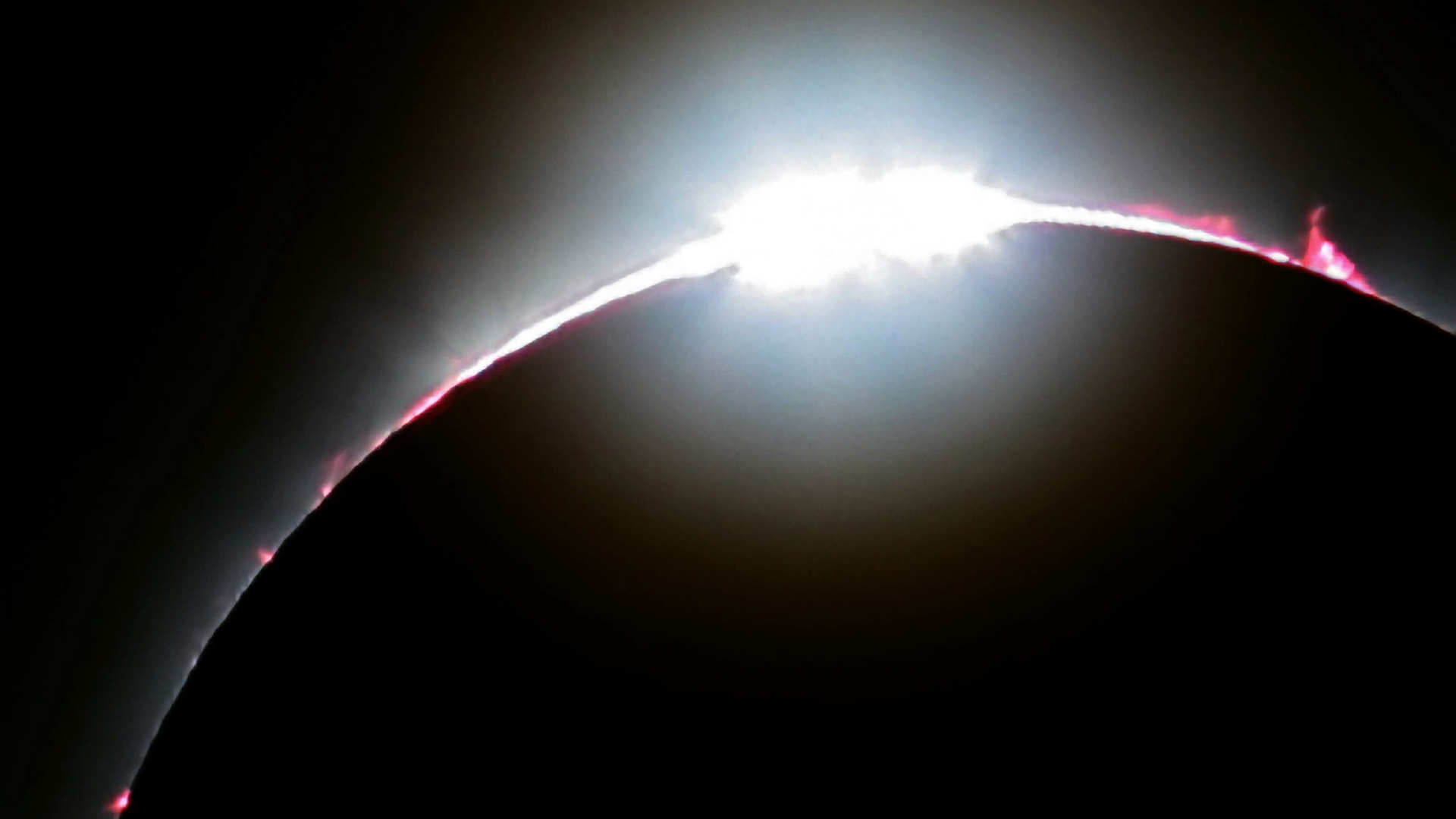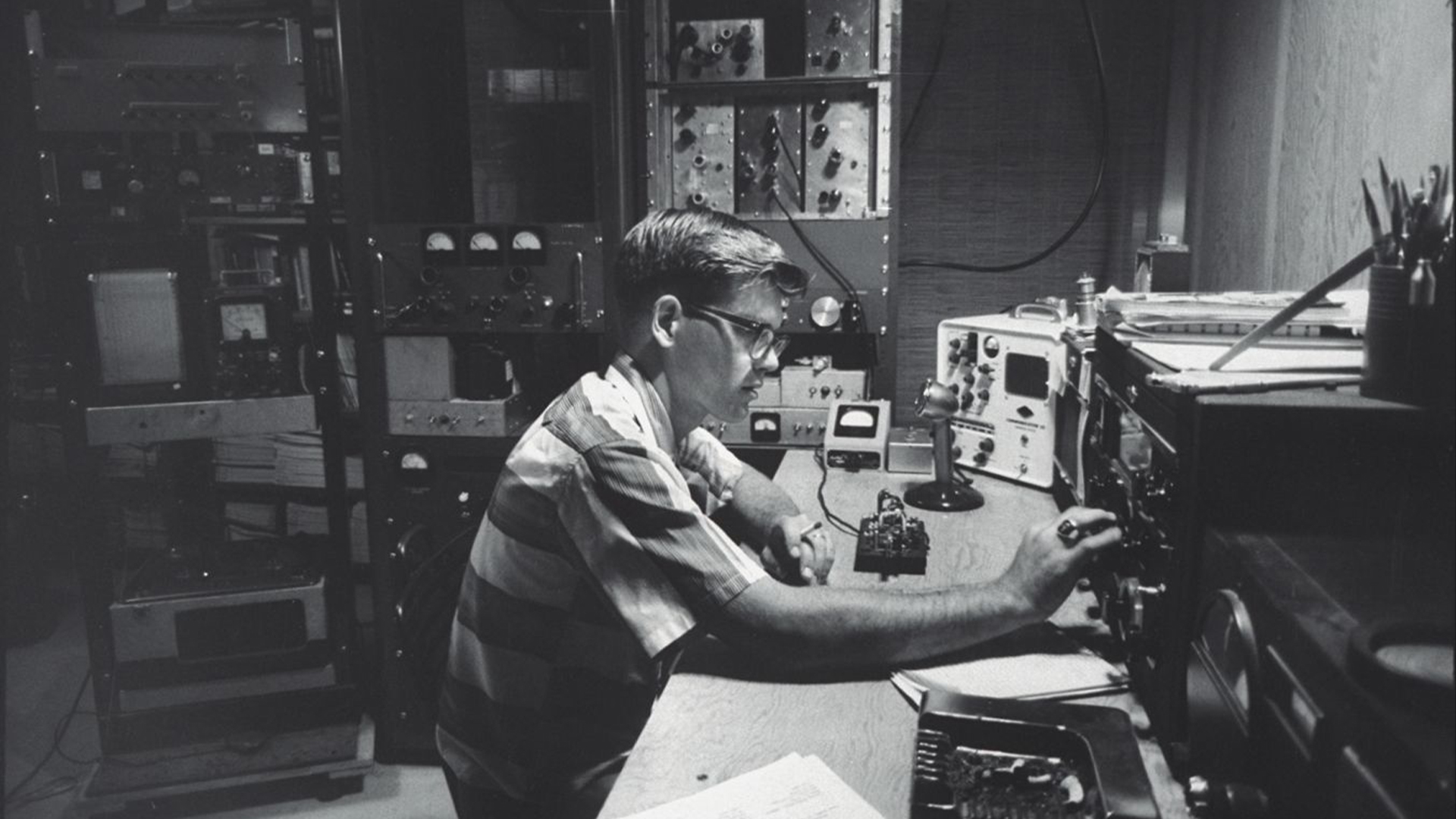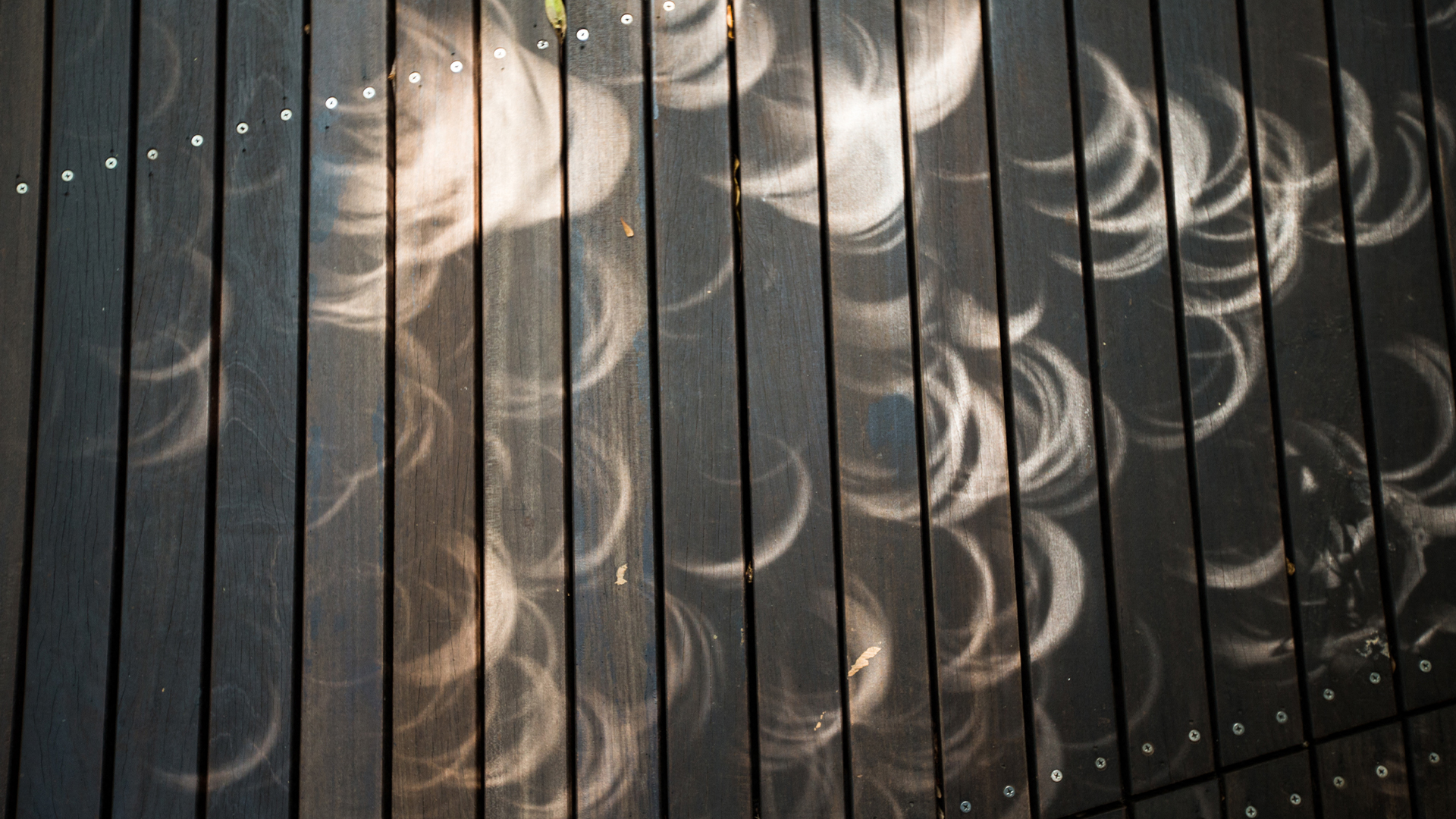10 weird things that happen during a solar eclipse
Eclipses can be strange. Here are some of the weird things you can expect to experience during the April 8 total eclipse.

On April 8, a total solar eclipse will be visible in the skies above 15 U.S. states, as well as parts of Canada and Mexico. Millions of viewers within the path of totality will see eerie darkness in the daytime, while countless others will experience a partial across that will be visible across the entire contiguous U.S.
Whether or not you plan to see the total phase of the eclipse, it should still be spectacular — and it may still have a few freaky effects. An eclipse "is the most unnatural natural phenomenon you'll ever experience," Tyler Nordgren, an astronomer, artist and author who frequently works with the National Park Service, told Live Science in an interview. Here are a few of the weird things that you might experience during a solar eclipse.
1. Baily's beads
If you view a total solar eclipse (safely, with appropriate eye protection), you might notice a sliver of light around the moon's edge that appears beaded, like a necklace. This phenomenon is known as "Baily's beads." Named for astronomer Francis Baily, who described the effect in 1836, it is caused by sunlight interacting with the moon's uneven topography.
2. Solar prominences
Solar prominences, also known as filaments, are huge plasma-and-magnetic-field structures that arise from the sun's surface. Normally, we can't see these protuberances from Earth. But during an eclipse, they may be visible behind the moon, appearing like petals on a flower.
A note of caution: DO NOT look for solar prominences or Baily's beads with your naked eyes! Always wear eclipse glasses.
3. Plunging temperatures
Bring a jacket to your eclipse viewing, because temperatures can drop quickly as the moon covers the sun. How much depends on the location, time of year and type of eclipse. Most places see temperature drops of around 5 to 10 degrees Fahrenheit (2.8 to 5.6 degrees Celsius) during a total eclipse, though the plunge can be larger; one newspaper in 1834 reported a (somewhat improbable) change of 28 F. Annular eclipses usually see a less-extreme temperature change, but things may still get chilly. "It feels like a cloud has come over the sun," Nordgren said. "But there is no cloud over the sun, which just heightens the weirdness."
4. Changing winds
Along with the temperature drop, regions experiencing an eclipse can expect a change in wind direction. First, the wind dies down as the moon gets closer to blocking the sun. After the moon reaches peak coverage, the wind starts to kick back up, often blowing in a different direction, a 2016 study found. This effect occurs with total, annular and even partial eclipses.
Get the world’s most fascinating discoveries delivered straight to your inbox.
5. Confused animals
When the sky suddenly goes dark in the middle of the day, animals can become very confused, Live Science previously reported. Crepuscular creatures, like cicadas and crickets, might start chirping their evening song. Cows and horses may begin bedding down for the night, while birds return to their roost.
6. Scrambled radio waves
Both total and annular eclipses mess with certain radio wave frequencies — and nobody is quite sure why. Scientists suspect it might have something to do with the way the sun interacts with Earth's ionosphere, which is known to fluctuate in response to things like solar flares and solar storms. On April 8, citizen scientists and ham radio enthusiasts across North America will be poised to collect more data on how eclipses scramble these transmissions.
7. Mixed-up microbes
Even microorganisms could be susceptible to a solar eclipse's weird vibes. A 2011 study of bacteria growing on laboratory petri dishes during a total eclipse in India found that the microbes became smaller and differently shaped near the peak of the eclipse. However, these results have not yet been replicated.
8. Weird shadows
As an eclipse passes overhead, most eyes will be glued to the sky. But take a moment to look at the ground — the shadows made by trees and other objects that cause a "pinhole" effect will be dappled with tiny crescents. During the peak of an annular eclipse, "you'll see little rings of light everywhere," Nordgren said. These eclipse shadows also occur during partial eclipses, and the effect can be quite beautiful.
9. Shadow bands
Seconds before an eclipse reaches totality, wavy stripes of light and dark might appear on solid-colored surfaces. "It's like being at the bottom of a swimming pool," Nordgren said. These "shadow bands" are a bit of a scientific mystery — astronomers still don't know exactly what causes them or why they only sometimes appear. Some scientists hypothesize that the bands may be a manifestation of the rippling distortions of Earth's atmosphere. But whatever they are, they've been well documented; records of them date as far back as the ninth century, according to NASA.
10. Visible stars and planets
During a total solar eclipse, the moon blocks out enough of the sun's light for stars and planets to appear in the sky. Only the brightest of these will be visible, however, and which ones show up will depend on Earth's position at the time. For example, during the 2024 total eclipse, you may be able to see Venus and Jupiter.

Joanna Thompson is a science journalist and runner based in New York. She holds a B.S. in Zoology and a B.A. in Creative Writing from North Carolina State University, as well as a Master's in Science Journalism from NYU's Science, Health and Environmental Reporting Program. Find more of her work in Scientific American, The Daily Beast, Atlas Obscura or Audubon Magazine.











